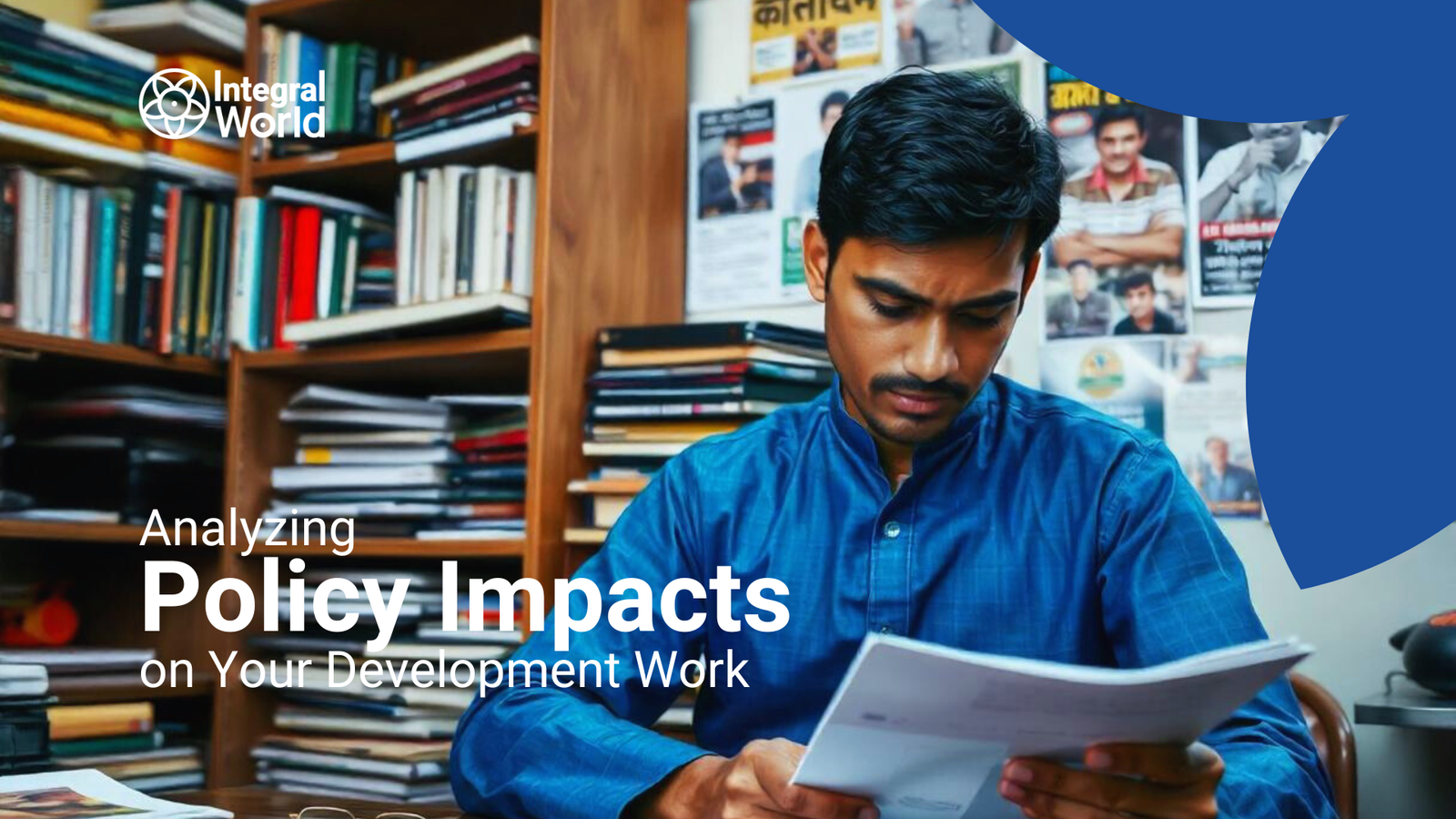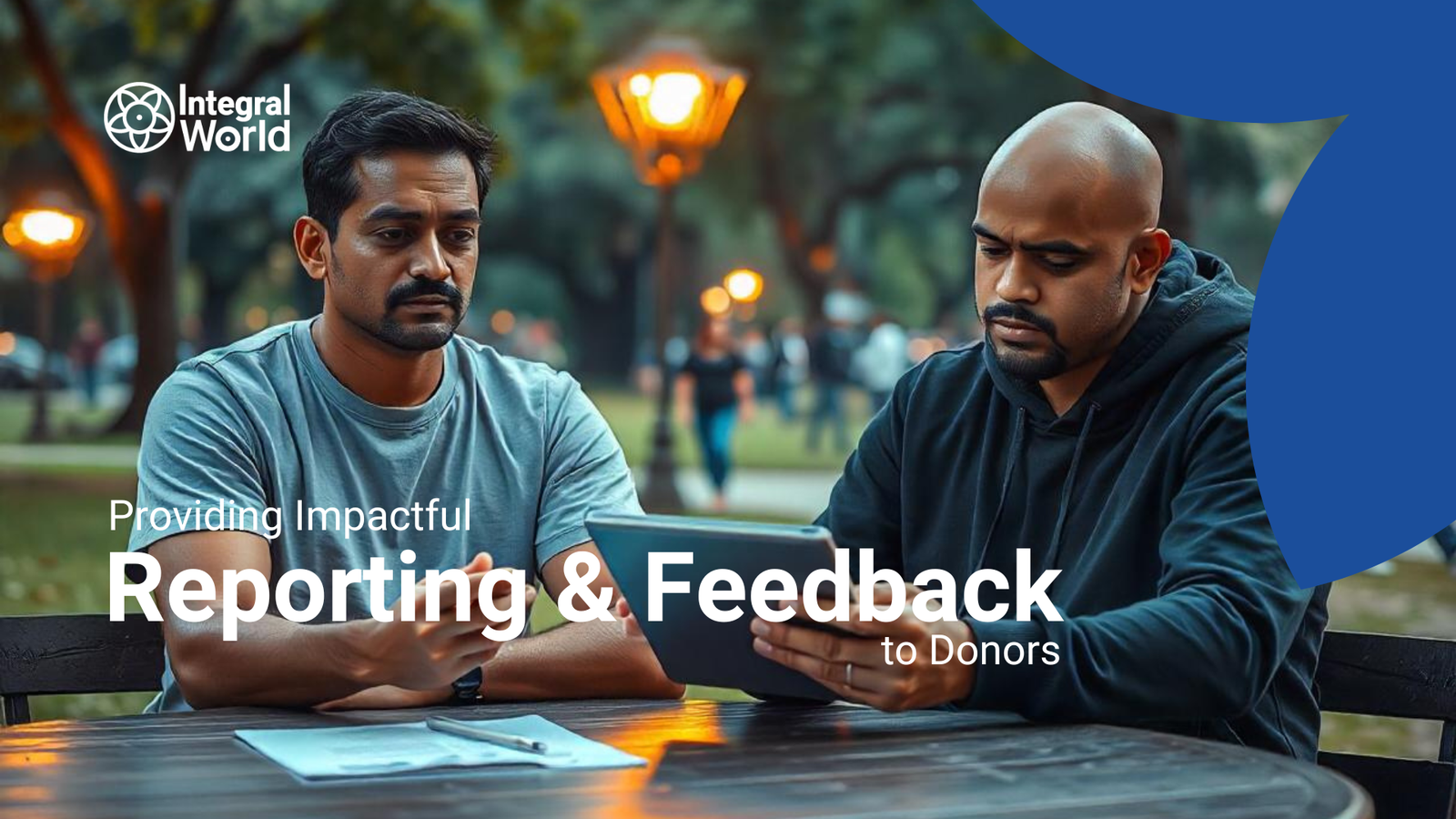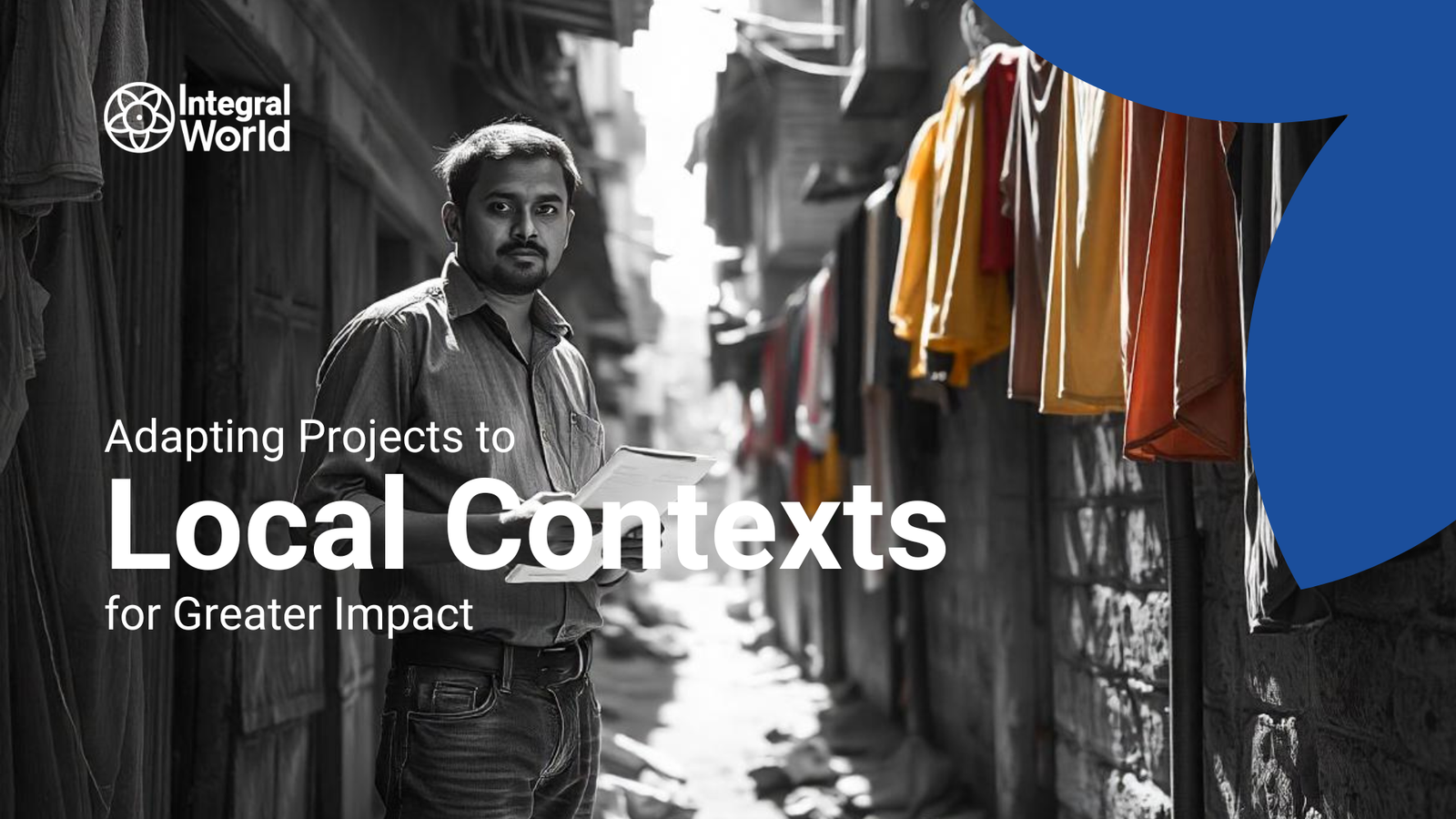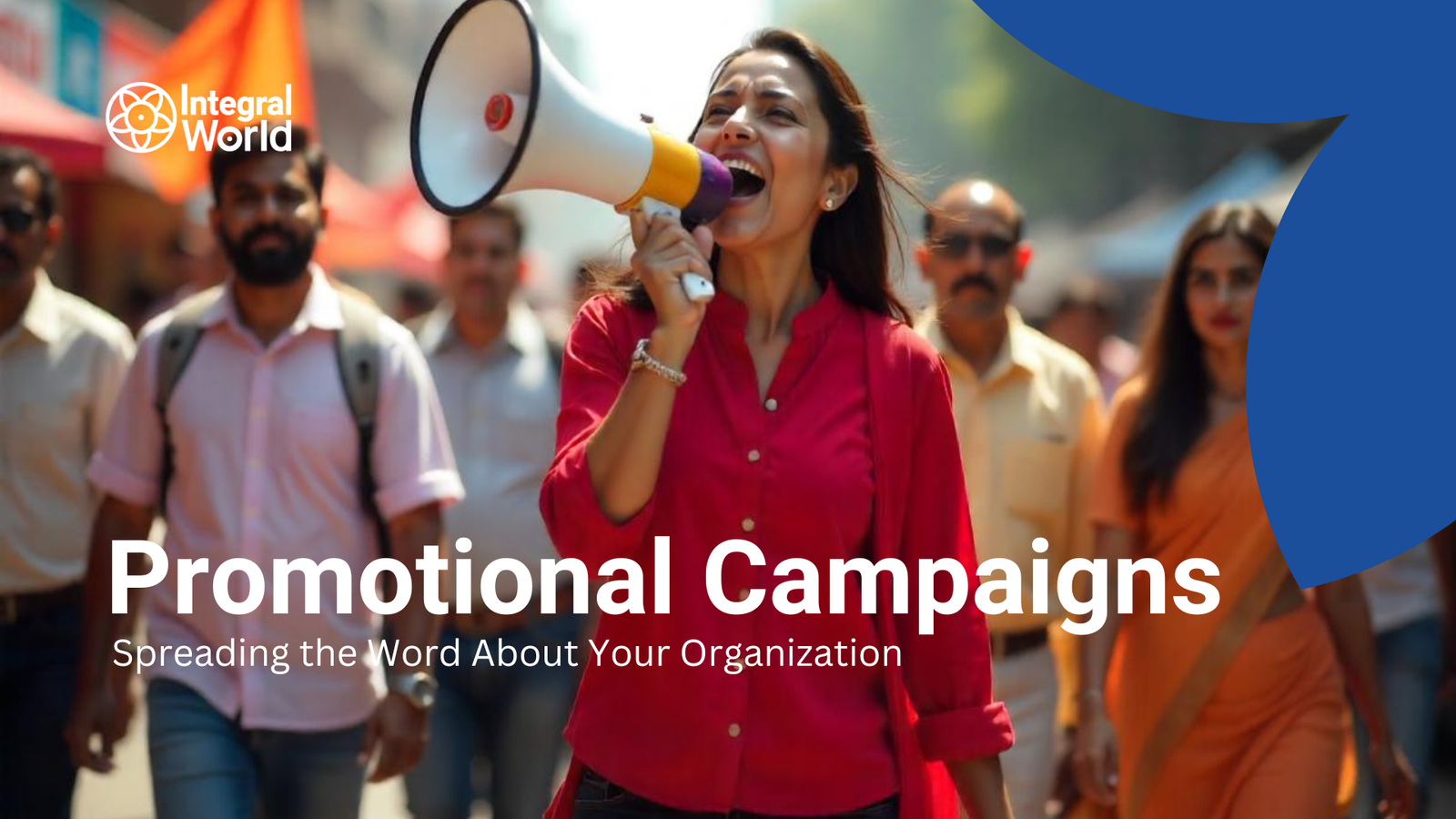Comprehensive monitoring and evaluation (M&E) plans are crucial for sustainable growth, enabling organizations to measure impact, adapt strategies, and achieve development goals. This article provides insights, case studies, and practical steps for NGOs to drive positive global change.
Continue readingInnovative Product Development for Fundraising
Innovative fundraising products can set nonprofits apart, attracting donor attention and fostering meaningful engagement. Integral World explores top trends, expert insights, and actionable strategies to help organizations develop products that elevate funding and advance sustainable development goals
Continue readingUtilizing Multimedia for Educational Purposes
This article explores the role of multimedia in enhancing education, featuring expert insights, data-driven predictions, and practical tips. Integral World supports organizations in effectively integrating multimedia to enrich learning experiences and improve training outcomes in today’s digital landscape.
Continue readingDocumenting Success Stories and Testimonials
Storytelling is a powerful tool for sustainable development. By documenting success stories and testimonials, Integral World can build trust, enhance credibility, and foster stakeholder engagement, showcasing their impact while staying ahead of emerging trends in this vital area.
Continue readingMaintaining an Effective Website for Development Organizations
Integral World empowers development organizations to build impactful websites that resonate with donors, partners, and beneficiaries. By integrating sustainability trends and expert insights, we guide organizations to maintain a strong online presence and achieve their strategic goals effectively.
Continue readingAnalyzing Policy Impacts on Your Development Work
Policy changes can shape the success of development work. This article explores how NGOs like Integral World can analyze and adapt to these shifts, leveraging expert insights and case studies to achieve sustainable, holistic impact in their missions.
Continue readingProviding Impactful Reporting & Feedback to Donors
Integral World builds trust with donors through transparent reporting and genuine feedback. This article explores how impactful communication helps organizations lead in sustainable development, addressing community needs and fostering positive, lasting change for humanity
Continue readingAdapting Projects to Local Contexts for Greater Impact
Integral World emphasizes the importance of adapting projects to local contexts for greater sustainability and impact. This article explores how context-sensitive approaches foster community ownership, with insights from success stories and expert perspectives on effective development initiatives.
Continue readingPromotional Campaigns – Spreading the Word About Your Organization
Integral World, like many non-profits, relies on promotional campaigns to drive awareness and support for sustainable development. This guide offers strategies, case studies, and expert insights to help organizations design effective campaigns that resonate with and engage stakeholders.
Continue readingConducting Gap Analysis to Improve Project Performance
A gap analysis is a powerful tool for identifying areas of improvement in organizations, helping allocate resources effectively to achieve goals. This article explores its role in enhancing project performance and driving sustainable development at Integral World
Continue reading




